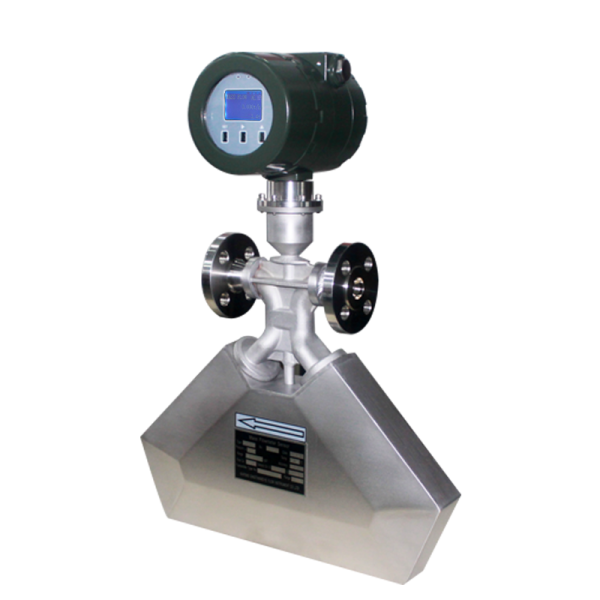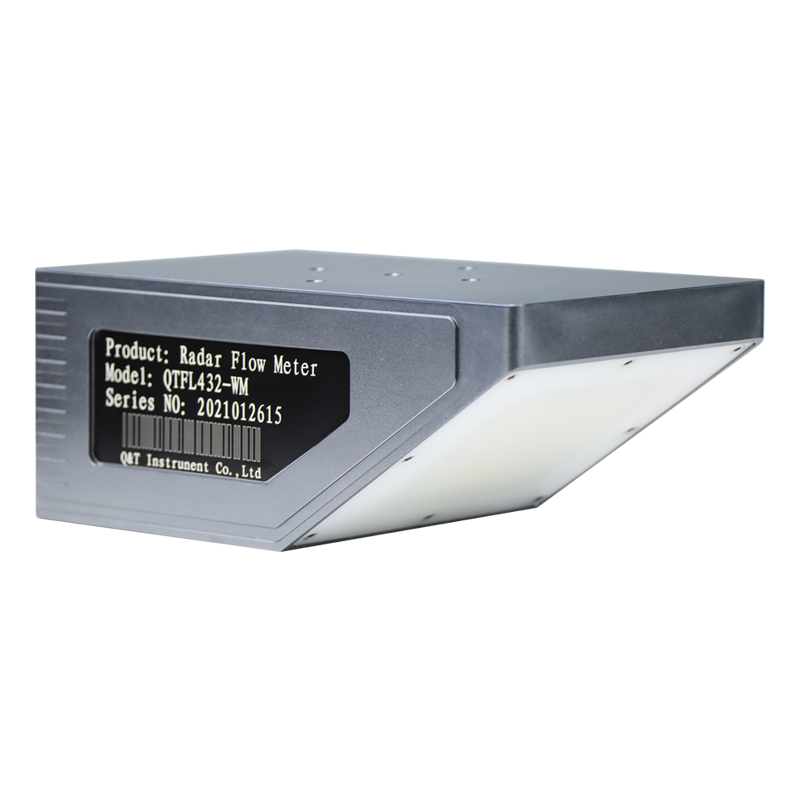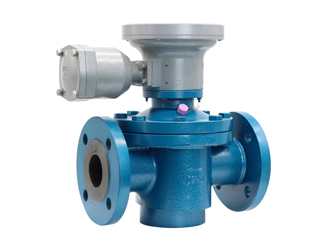2024-03-06
Principle of Turbine Flow Meter
The principle of the turbine flowmeter is to use the power of fluid flow to drive the turbine blades to rotate
When the fluid passes through the pipe, its power impacts the turbine blades, generating a driving torque that causes the turbine to rotate against the friction torque and fluid resistance torque.
Within a certain flow range, for a specific fluid medium viscosity, the rotation angular speed of the turbine is proportional to the fluid flow rate.
Therefore, by measuring the rotational speed of the turbine, the volumetric flow rate of the fluid can be calculated.
Turbine flow meters usually consist of turbines, magnets, sensors, counters and other components. The rotation of the turbine is detected by magnets and sensors, and the signal is transmitted to
a counter for processing and display. The counter accumulates and outputs the flow rate of the fluid.
At the same time, the rotation speed of the turbine can also be detected through the sensing coil installed outside the casing. When the turbine blades cut the magnetic field lines generated
by the permanent magnets in the casing, they cause changes in the magnetic flux in the sensing coil. This change is converted into an electrical signal, which is amplified and shaped to produce
a pulse signal proportional to the flow rate. These signals are then sent to the unit conversion and flow integration circuit to display the cumulative flow value; at the same time, they are also
sent to the frequency current conversion circuit to indicate the instantaneous flow value.
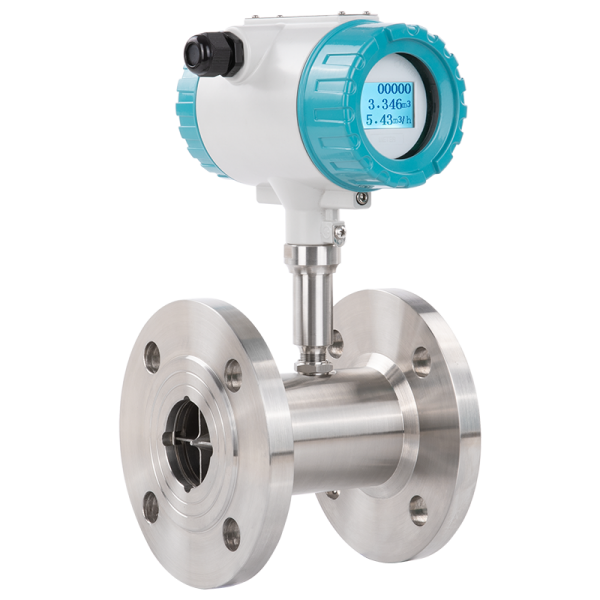



.jpg)
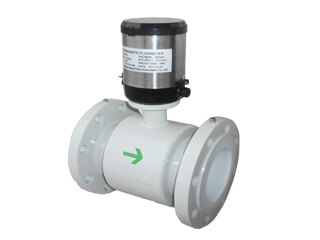
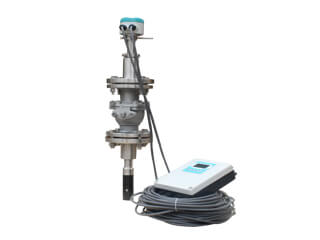
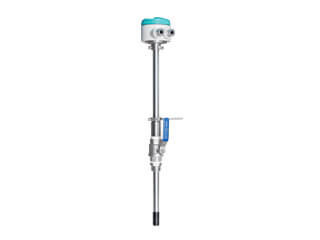
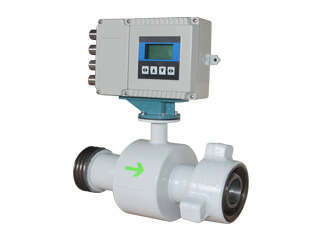
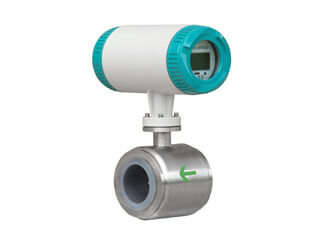
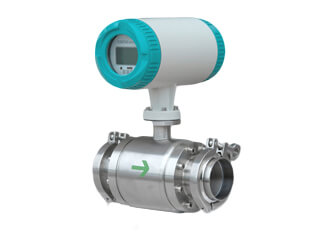
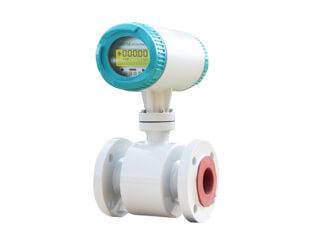
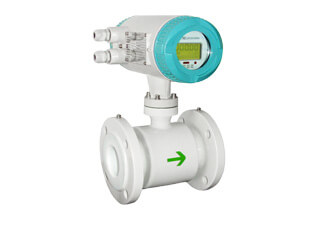
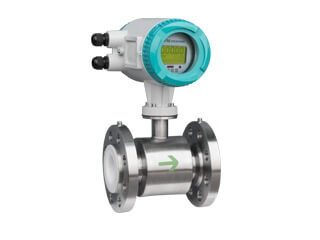
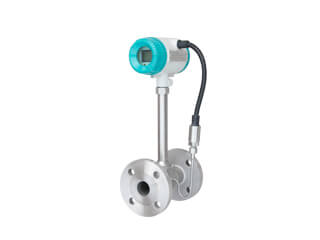
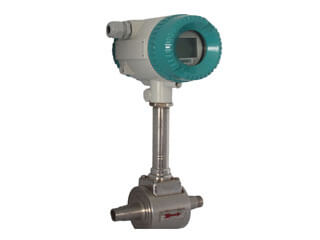
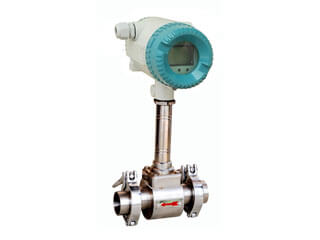
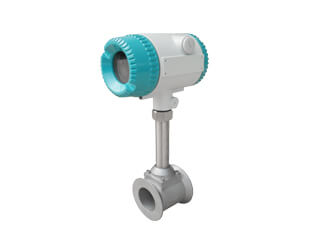
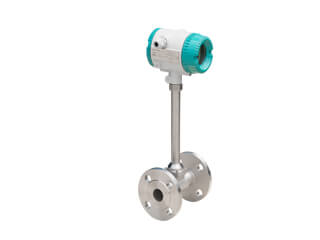
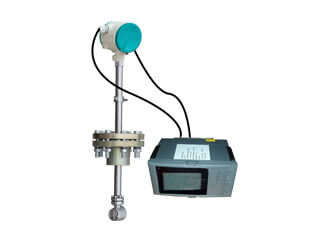
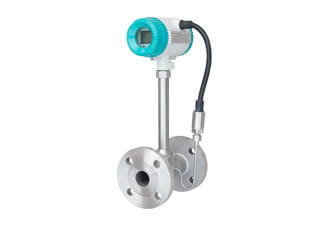
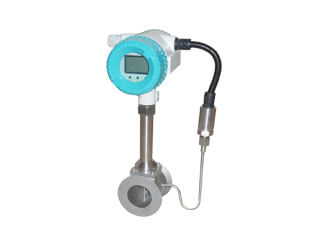
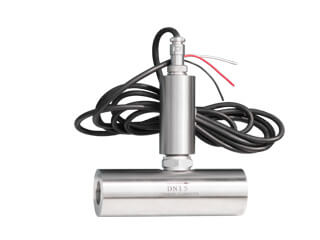
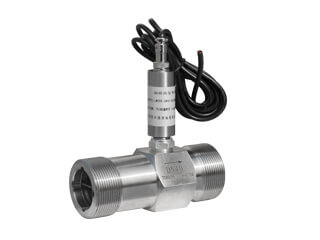
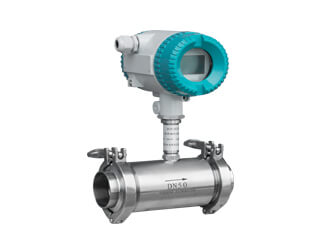
.jpg)
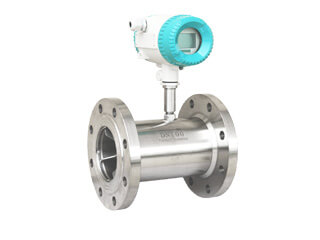
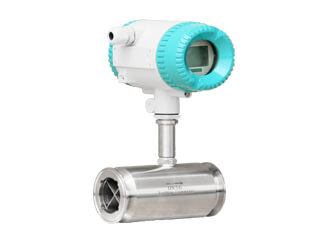
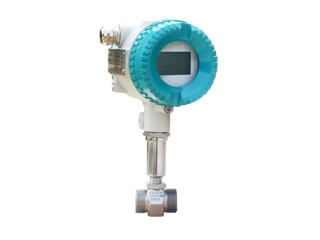
.jpg)
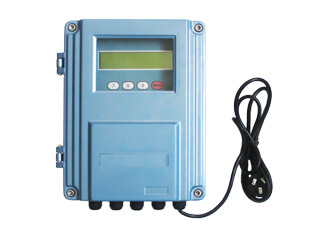
.jpg)
.jpg)
.jpg)
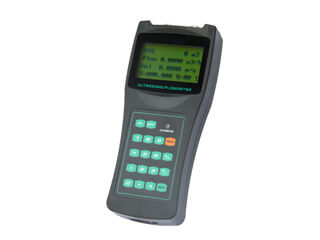
.jpg)
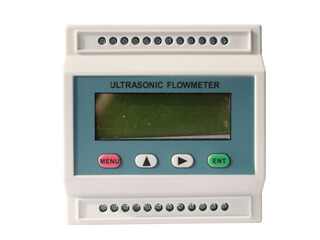
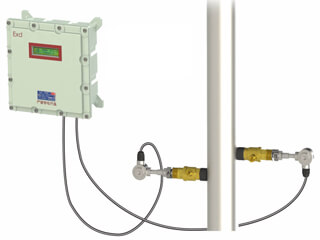
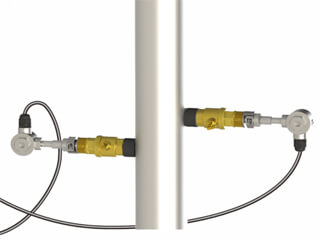
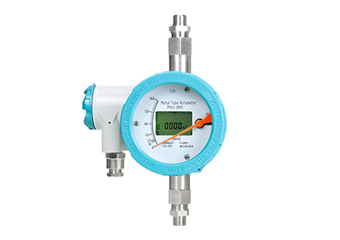
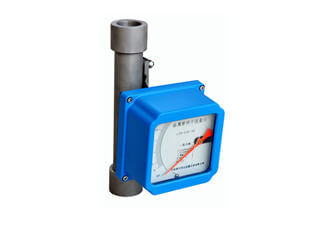
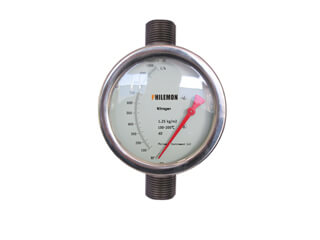
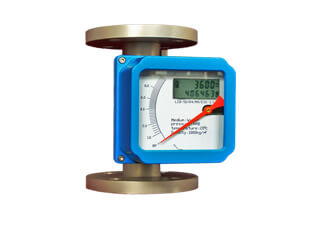
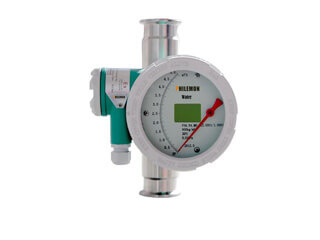
.jpg)
.jpg)
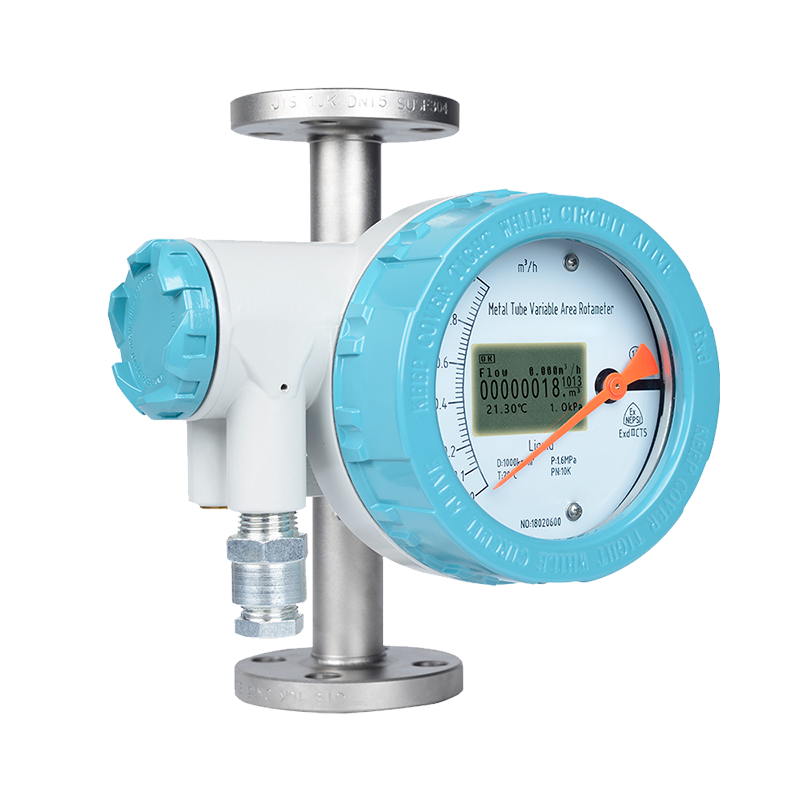
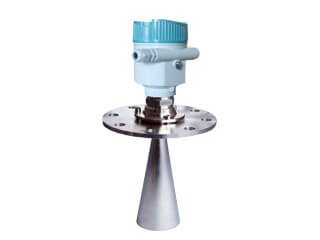
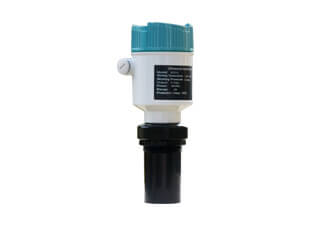
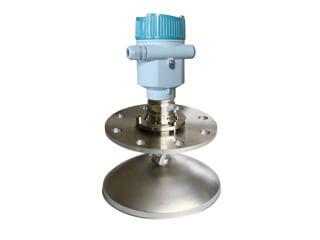
.jpg)
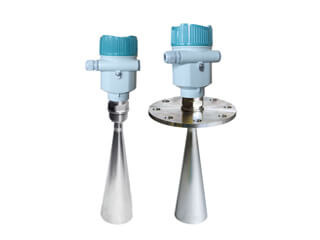
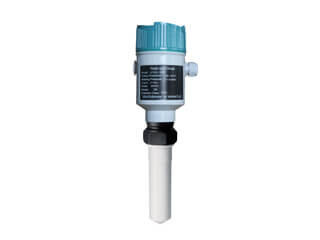
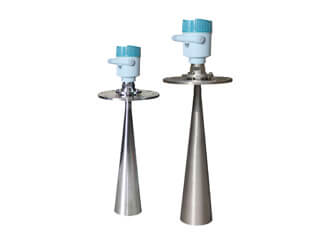
.jpg)
.jpg)
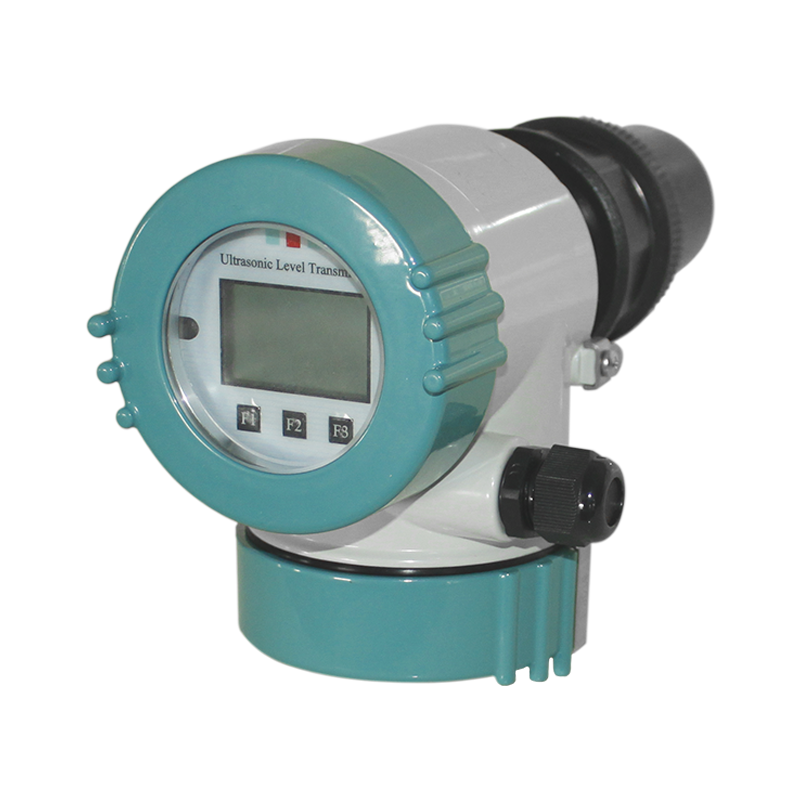
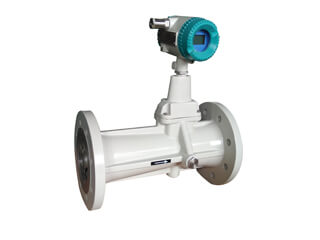
.jpg)
.png)
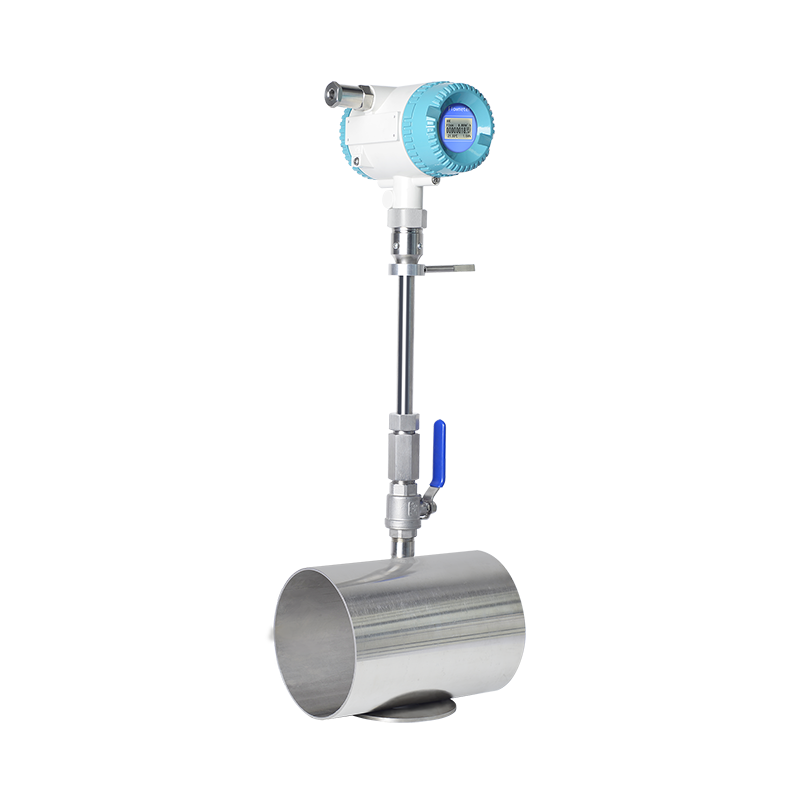
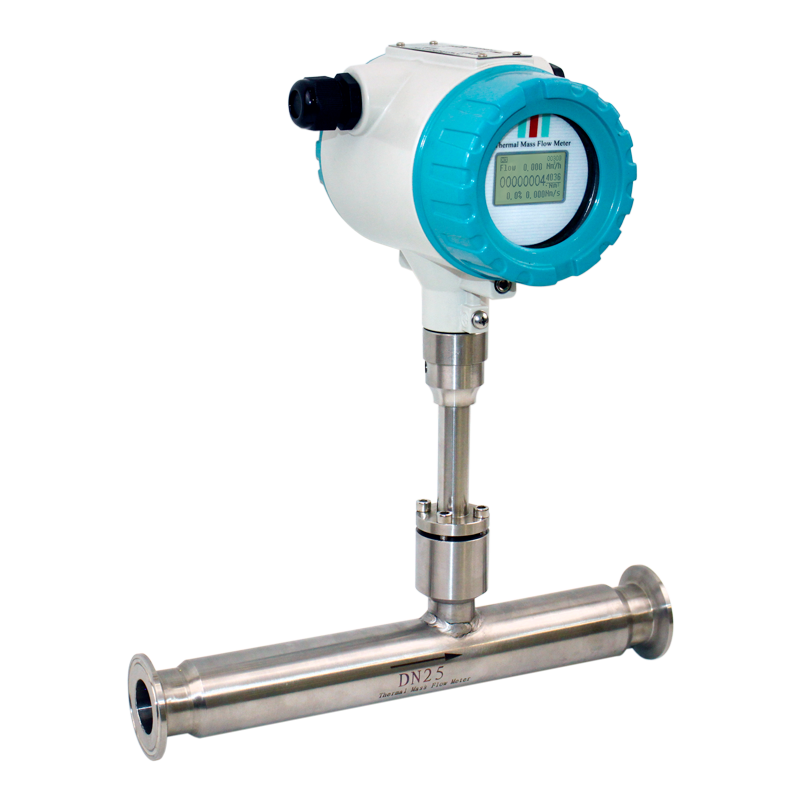
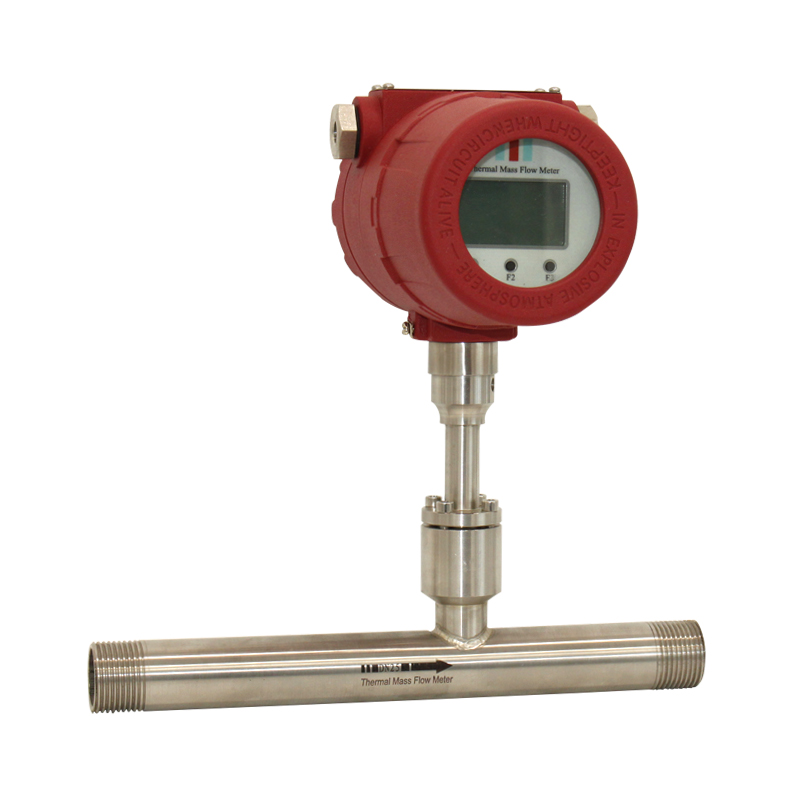
.jpg)
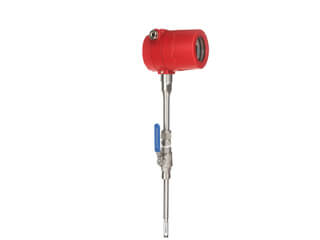
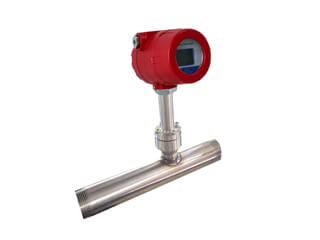
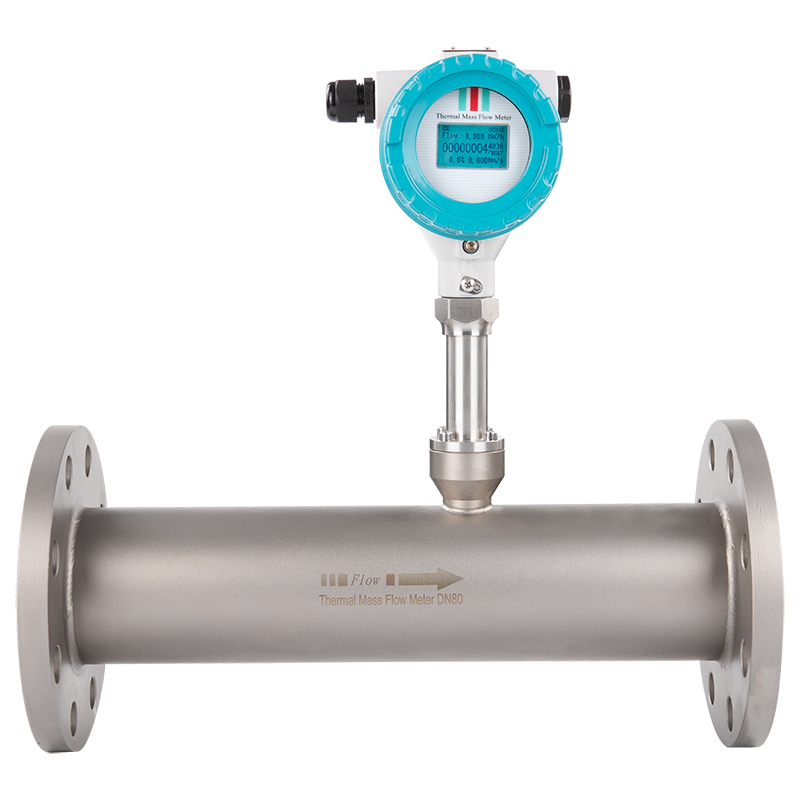
.png)
